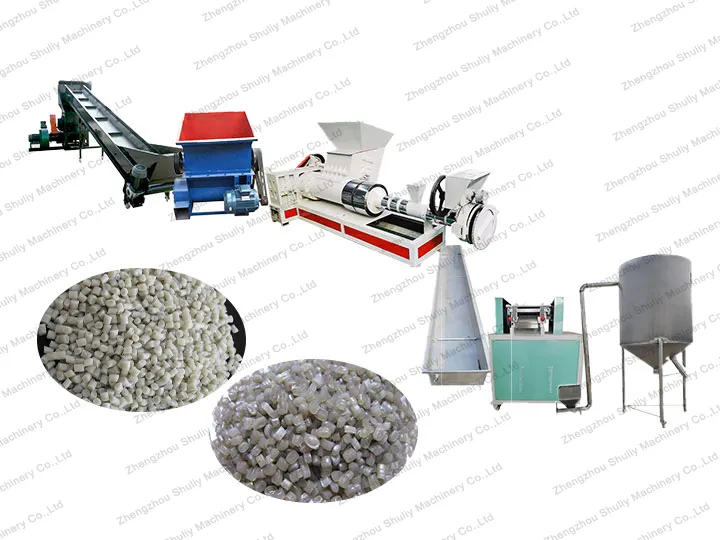خط تكوير الرغوة البلاستيكية هو حل مصمم لإعادة تدوير الرغوة البلاستيكية وتحبيبها. في السنوات الأخيرة، تم استخدام الرغوة على نطاق واسع في صناعة التعبئة والتغليف، ولكنها كبيرة الحجم ويصعب نقلها. وقد أدى ذلك إلى التطور السريع لآلات ومعدات استعادة الرغوة وإعادة تدويرها. مع الاعتماد المستمر للتقنيات الجديدة، تم تحسين تكنولوجيا المعدات وكفاءة الإنتاج لآلات إعادة تدوير البوليسترين الممدد بشكل سريع بشكل عام.
مقدمة عن خط تشكيل حبيبات الرغوة البلاستيكية
خط إنتاج حبيبات الرغوة البلاستيكية يعيد تدوير نفايات الرغوة بكفاءة من خلال الضغط، والسحق، والتسخين، والانصهار، والبثق، والتكوير، مما يتميز بارتفاع الإنتاج، وانخفاض استهلاك الطاقة، واستقرار التشغيل، وهو مناسب للبوليسترين، وما إلى ذلك، مما يحول القصاصات إلى حبيبات قابلة لإعادة الاستخدام لتعزيز استغلال الموارد وحماية البيئة.
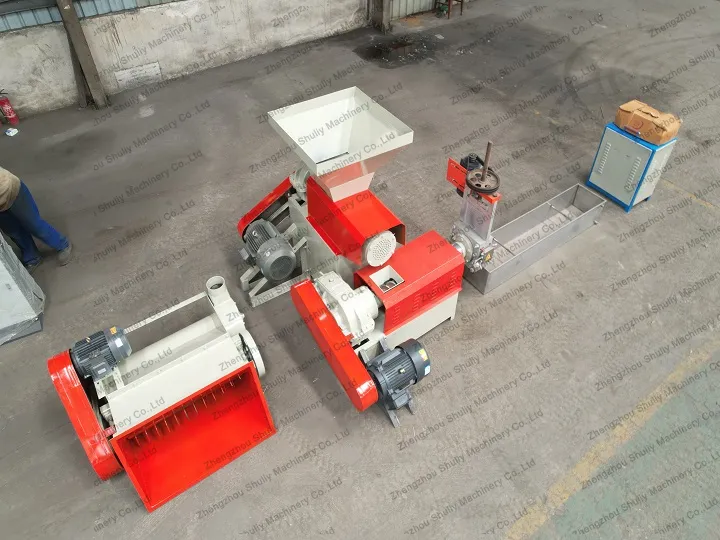
آلة تكوير البوليمر الموسع لإعادة تدوير رغوة البلاستيك هي نظام صناعي متكامل مصمم لإعادة تدوير نفايات رغوة البلاستيك إلى كريات بلاستيكية قابلة لإعادة الاستخدام. تعمل هذه العملية على تحويل نفايات الرغوة الضخمة ذات القيمة المنخفضة إلى مواد خام عالية الجودة لإنتاج بلاستيك جديد. عادةً ما تجمع الخطوط بين تقنيات التكسير الميكانيكي، والانصهار الحراري، والتكوير لتحقيق إعادة تدوير فعالة للمواد، مما يعالج تحديات تلوث البيئة ونقص الموارد.
فيديو عمل لإعادة تدوير حبيبات الرغوة EPS وتصنيعها
تدفق عملية خط تشكيل حبيبات الرغوة البلاستيكية
التكسير – التكتل – الرسم – التبريد – التكوير
خط إنتاج حبيبات الرغوة البلاستيكية متاح بنسبة 100% للرغوة المعاد تدويرها. يتم ضغط رغوة EPS EPE ثم تحويلها إلى حبيبات، مما يجعلها الطريقة الأكثر شيوعًا لإعادة التدوير. يتم ضغط الرغوة أو إذابتها حراريًا بواسطة ضاغط رغوة محترف، مما ينتج عنه كتلة مضغوطة. يمكن استخدام كتل الرغوة المقطعة المضغوطة لإنتاج حبيبات EPS EPE عالية الجودة. يمكن تطبيقها في إنتاج منتجات رغوية جديدة. الآن، مع تزايد شعبية تقليل انبعاثات الكربون، أصبحت إعادة التدوير الطريقة الأساسية لتجديد EPS.
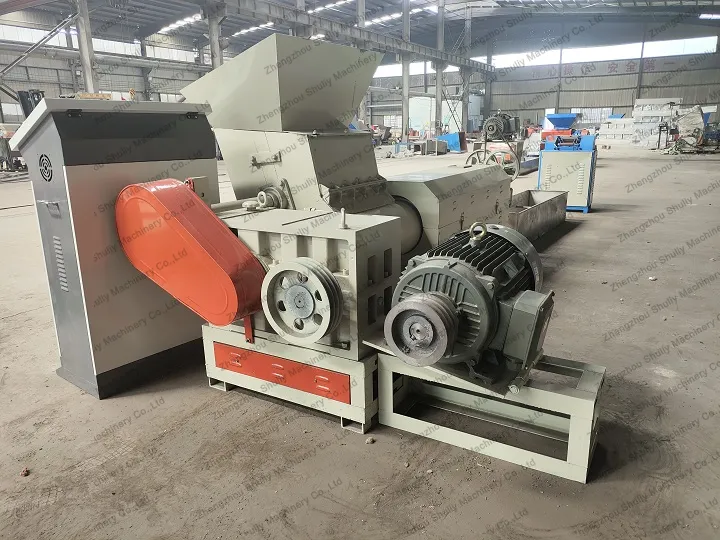
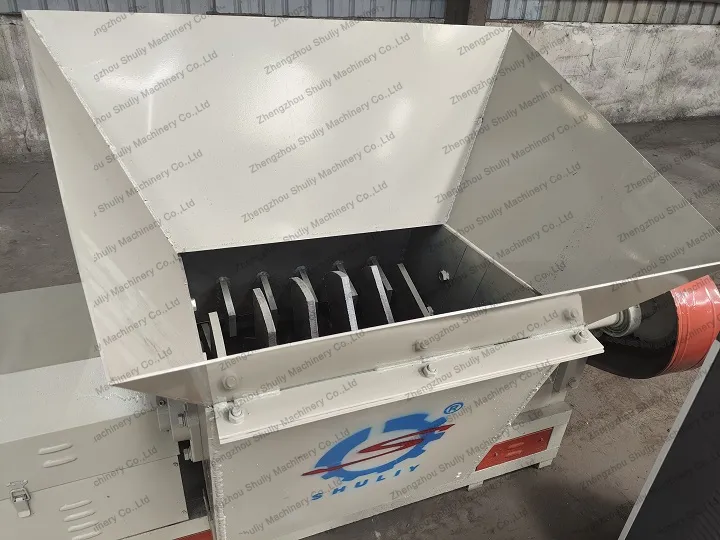
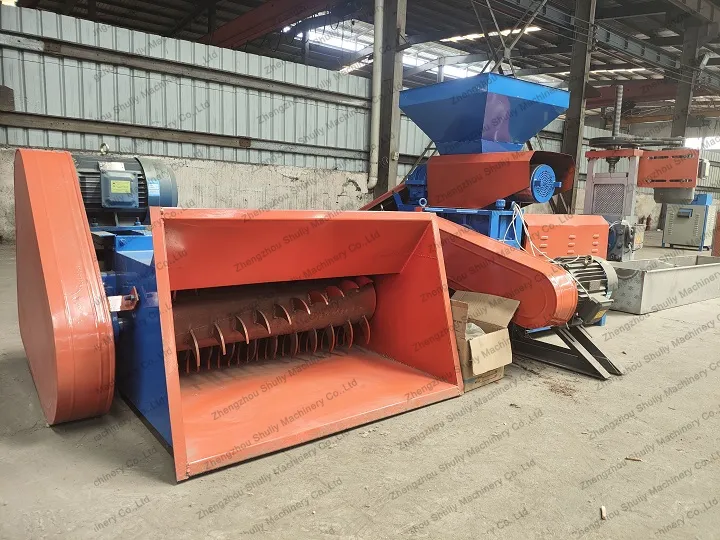
هناك بعض الاختلافات بين تشكيل حبيبات EPE و EPS في خط تشكيل رغوة EPE EPS. رغوة EPE ناعمة، وعادةً ما تحتوي آلة تشكيل الحبيبات لمعالجة هذا النوع من الرغوة على جهاز تغذية تلقائي. أيضًا، لا تحتاج رغوة EPE إلى كسارة للمعالجة المسبقة، لذا يمكن وضعها مباشرة في آلة تشكيل الحبيبات.
عادةً ما يكون رغوة EPS كبيرة الحجم، مما يعني أن رغوة EPS تحتاج إلى أن يتم تمزيقها بواسطة كسارة وضغطها. ونتيجة لذلك، يمكن أن تدخل هذه الرغوة إلى المجزئ للمعالجة.
الآلات الرئيسية لخط تشكيل حبيبات الرغوة البلاستيكية
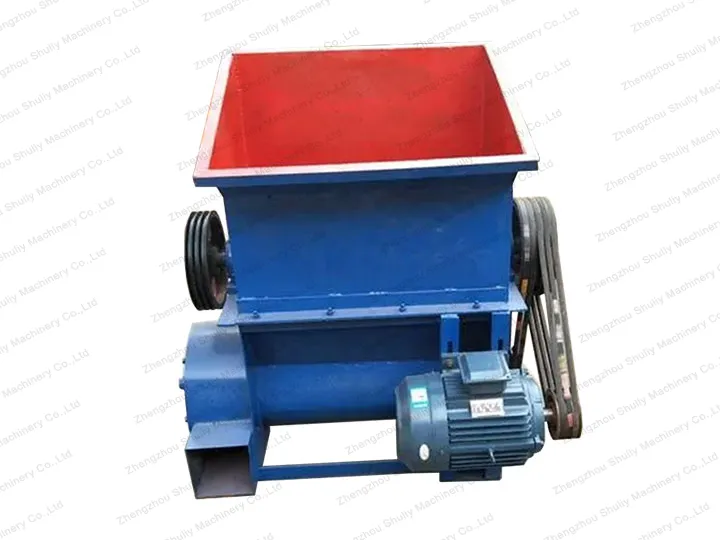
كسارة الرغوة البلاستيكية
يتم استخدام كسارة الرغوة البلاستيكية لسحق قطع كبيرة من الرغوة المعاد تدويرها إلى قطع صغيرة يمكن صهرها وتكويرها بسهولة.
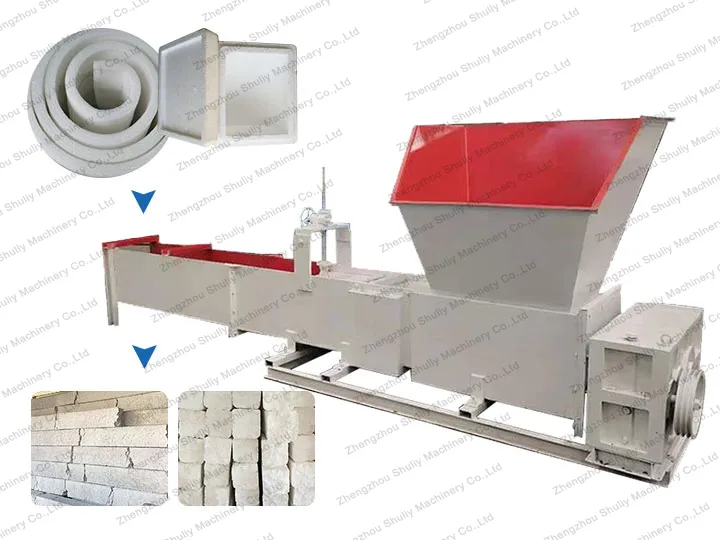
ماكينة ضغط الرغوة
نظرًا للكثافة المنخفضة والحجم الكبير للرغوة، تحتاج إلى الضغط بواسطة آلة ضغط الرغوة بعد التكسير لتحسين كفاءة نقل المواد.
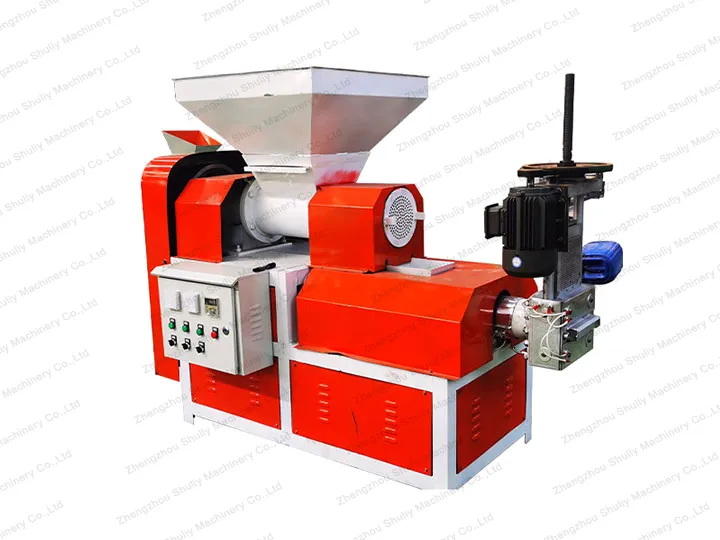
آلة بثق الرغوة البلاستيكية
يتم استخدام آلة بثق الرغوة البلاستيكية في إذابة وبثق القطع الصغيرة من الرغوة البلاستيكية المسحوقة إلى شرائح طويلة.
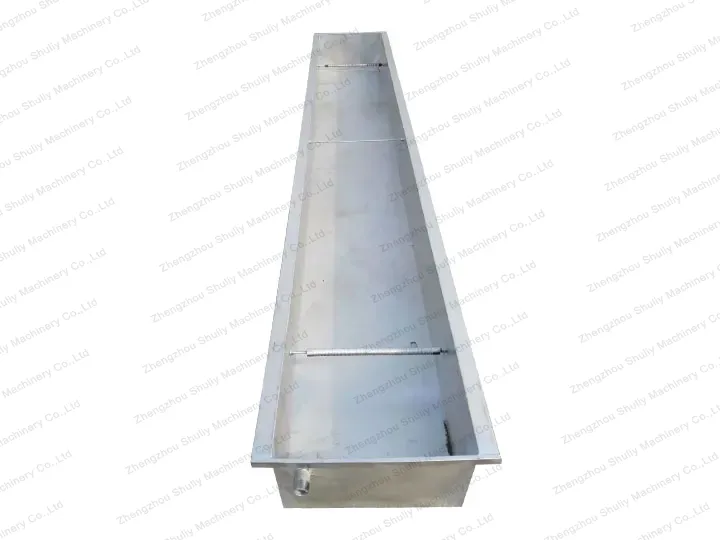
خزان التبريد
يتم استخدام خزان التبريد لتبريد الشرائط البلاستيكية ذات درجة الحرارة العالية لجعلها صلبة للقطع بسهولة.
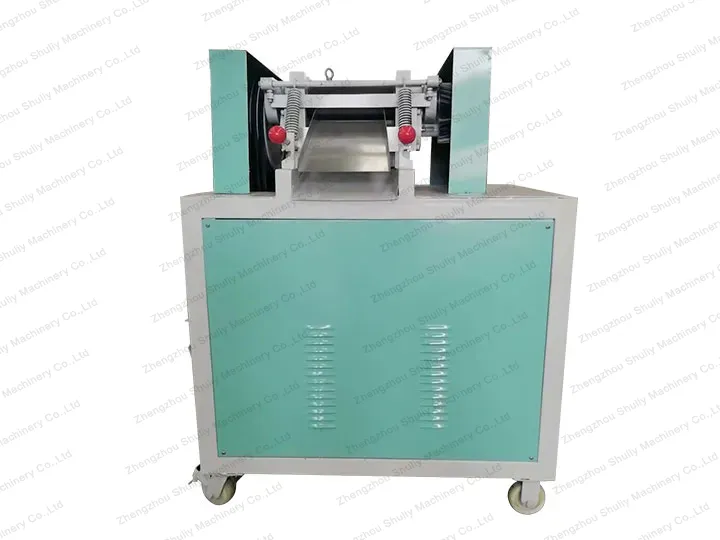
قاطع حبيبات البلاستيك
يتم استخدام قاطعة الحبيبات البلاستيكية لقطع شرائح طويلة من البلاستيك المبرد والمقسى إلى كريات بلاستيكية ذات حجم موحد.
يمكن ضبط التكوين المحدد لخط تكوير رغوة EPS وفقًا لمتطلبات العملاء الشخصية. لا تتردد في الاتصال بنا، وسنقوم بتخصيص حلول إعادة تدوير مثالية لك.
المواد الخام والمنتجات النهائية لخط تصنيع حبيبات الرغوة البلاستيكية
يمكن لخط تكوير الرغوة البلاستيكية أن يصنع حبيبات بلاستيكية من نفايات الرغوة المعاد تدويرها.
البولي ايثيلين الموسع
البولي إيثيلين الموسع عبارة عن رغوة هيكلية مصنوعة من بوليمرات البولي إيثيلين. ويتم تصنيعه عن طريق تسخين وضغط بوليمر البولي إيثيلين لتكوين فقاعات هواء تجعله خفيف الوزن، ومرن، وذو خصائص عزل صوتي وحراري. يتم استخدامه في الغالب في التعبئة والتغليف والبناء والتطبيقات المنزلية.
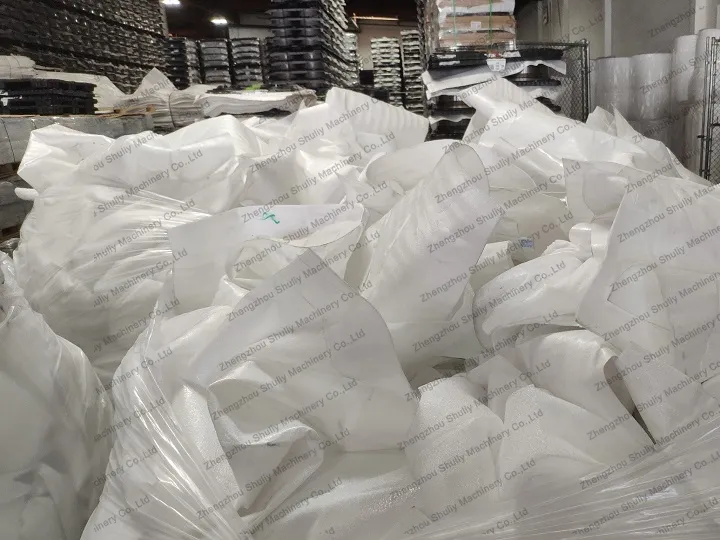
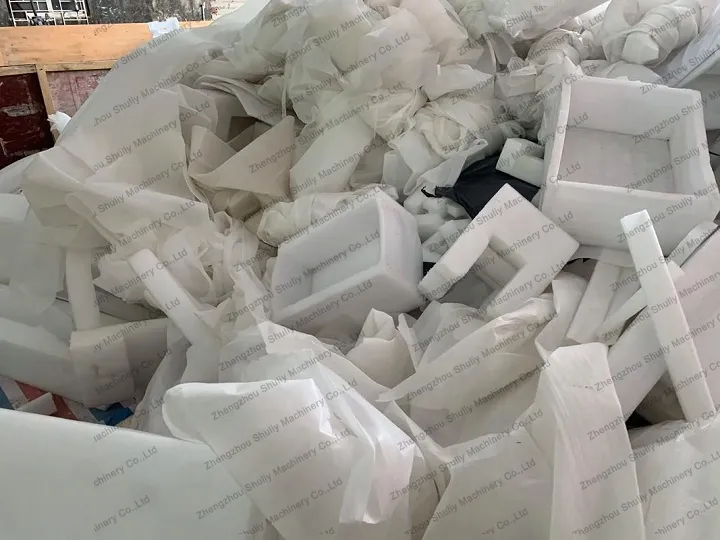
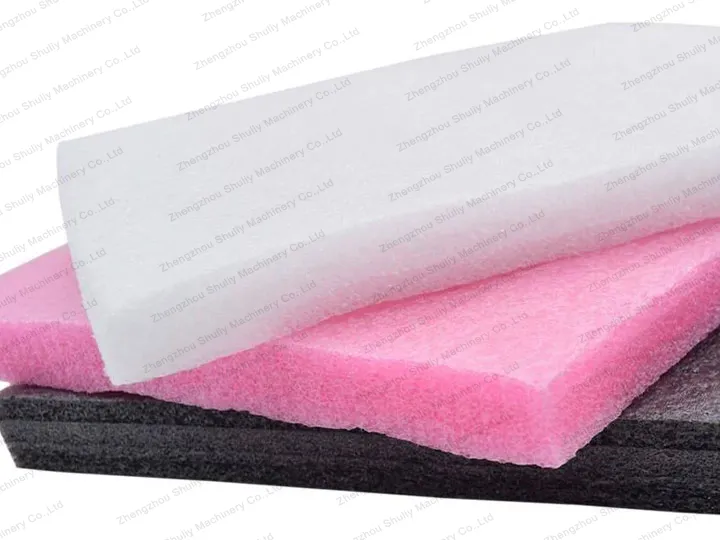
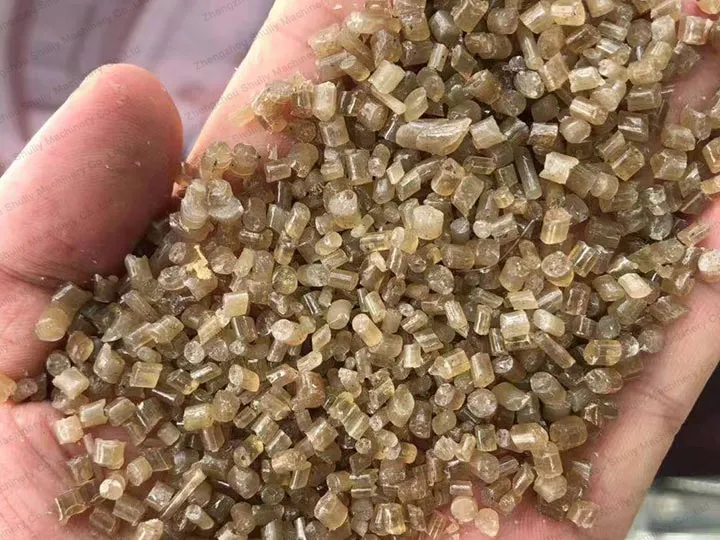
البوليسترين الموسع
EPS، أو البوليسترين الموسع، عبارة عن مادة خفيفة الوزن وصلبة ومزدوجة حرارياً مصنوعة من كريات صغيرة من البوليسترين. يستخدم EPS بشكل شائع في تطبيقات العزل والتعبئة والوسائد الواقية بسبب تكلفته المنخفضة وتعدد استخداماته وخصائص العزل الجيدة.
لتصنيع EPS، يتم خلط جزيئات صغيرة من البوليسترين بمنفاخ، مثل البروبان، ثم يتم تسخينها وتشكيلها في كتل كبيرة. يقوم النافخ بتكوين فقاعات صغيرة داخل الكريات، مما يؤدي إلى تمددها وتكوين كائن حي. اعتمادًا على التطبيق المطلوب، يمكن التحكم في عملية التوسيع لإنتاج EPS بكثافات وخصائص فيزيائية مختلفة.
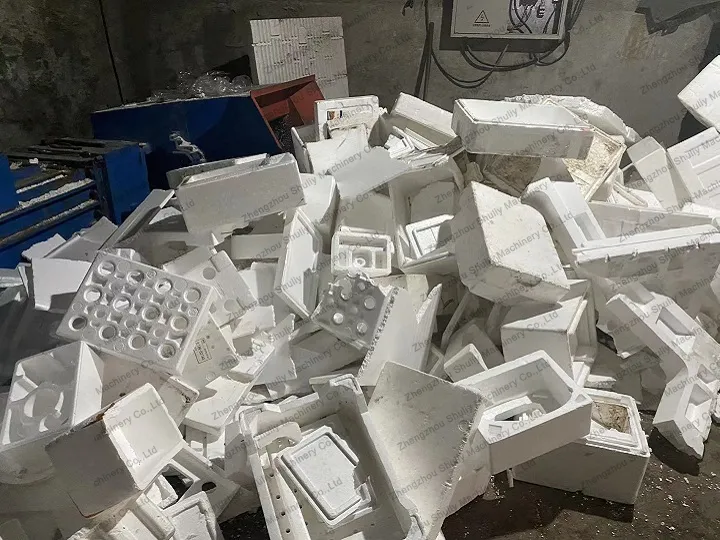
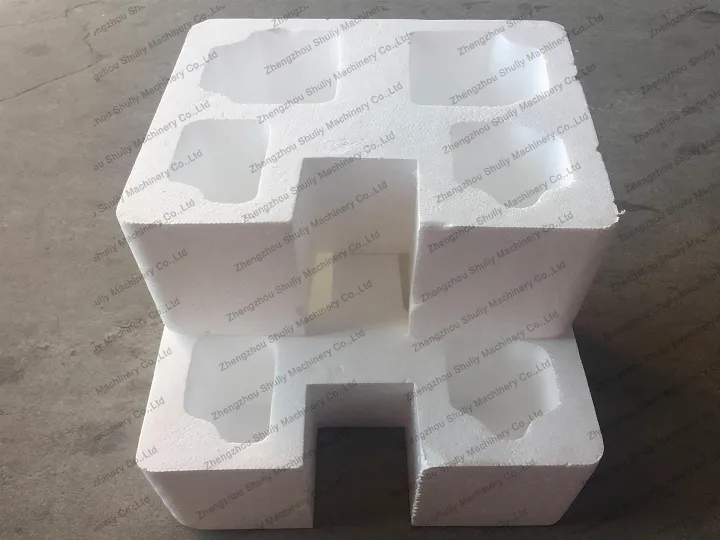
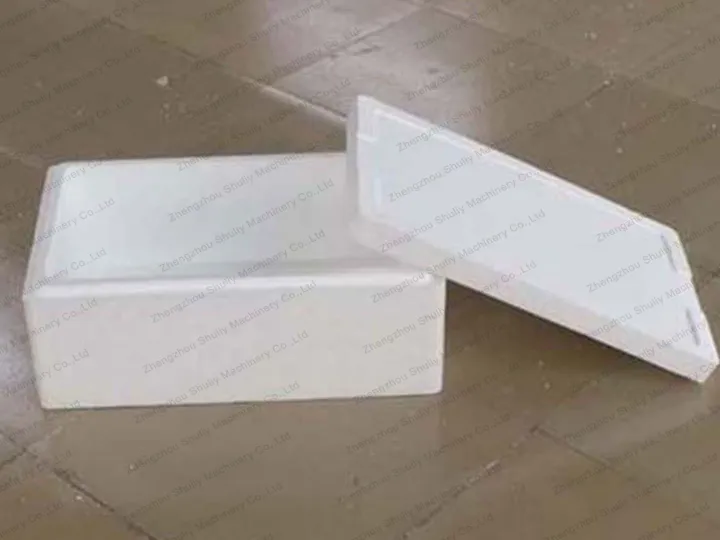
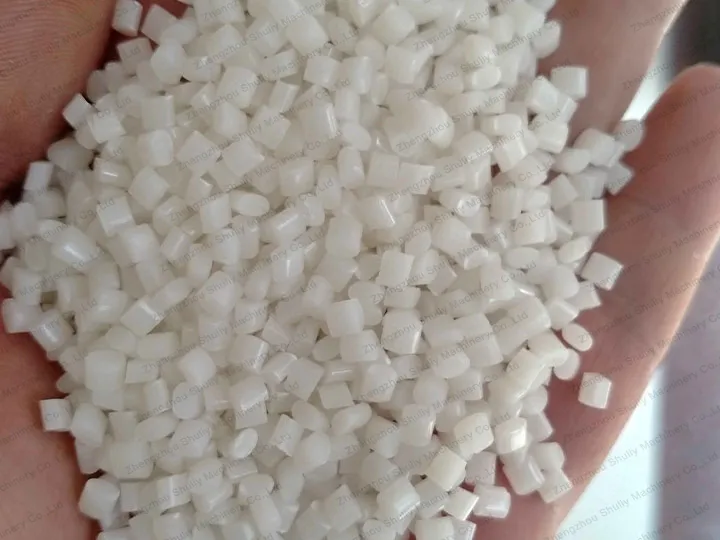
إذا لم تكن متأكدًا جدًا مما إذا كانت المواد الموجودة لديك يمكن تحويلها إلى حبيبات في خط تحبيب رغوة EPE EPS، فلا تتردد في ترك رسالة على موقعنا الإلكتروني. سنتواصل معك في الوقت المناسب.
تطبيقات حبيبات البلاستيك المعاد تدويرها
يتم استخدام مادة EPE EPS على نطاق واسع في المجالات التالية نظرًا لخصائصها الخفيفة والمرونة ومقاومة الرطوبة والصدمات والتآكل.
- التغليف: غالبًا ما يُستخدم لتغليف المنتجات الإلكترونية، والمواد الغذائية، ومستحضرات التجميل، والمنتجات الصناعية، وغيرها من العناصر لحمايتها من التلف أثناء النقل.
- البناء: غالبًا ما يستخدم البولي إيثيلين الرغوي في البناء، مثل أقسام الجدران، وعزل الصوت، والعزل الحراري، والحماية، وما إلى ذلك.
- الأثاث: يُستخدم عادةً في تصنيع الأثاث مثل الأرائك والمقاعد والمراتب والوسائد، إلخ، لتوفير الراحة والدعم الجيد.
- معدات رياضية: غالبًا ما يُستخدم في التصنيع الجاف لمعدات الرياضة مثل لوحات الغوص، ومعدات الحماية، إلخ.
- الإلكترونيات: غالبًا ما يُستخدم لتصنيع المنتجات الإلكترونية بشكل جاف، مثل حافظات الهواتف المحمولة، وحقائب الكمبيوتر، ومعدات التصوير، إلخ.
ميزات خط تشكيل حبيبات الرغوة البلاستيكية
آلة إعادة تدوير البوليسترين الموسع تُستخدم لإعادة تدوير وتحبيب رغوة EPE وEPS. إنها مناسبة بشكل خاص لفرز المواد وتحويل النفايات إلى كنز.
- قدرة إنتاج عالية: يضمن خط تشكيل كريات الرغوة البلاستيكية، الذي يتمتع بمعدل إنتاج يبلغ 250 كجم / ساعة، معالجة فعالة للنفايات الرغوية على نطاق واسع.
- التصميم التكنولوجي وحماية الجمالية: تستخدم خط تشكيل حبيبات الرغوة البلاستيكية أحدث التقنيات، ويتميز بمظهره الجميل والواقى، وسهل الاستخدام.
- الإنتاج المستمر الآلييمكن لخط مكبس الرغوة البلاستيكية تحقيق إنتاج تلقائي ومستمر.
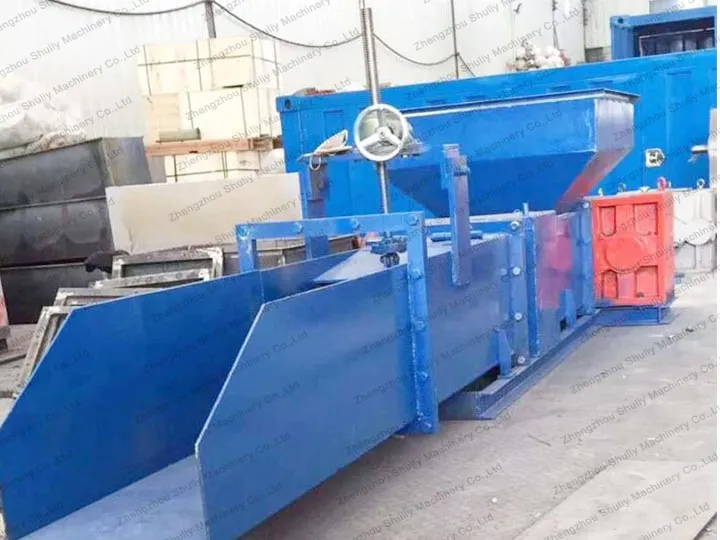
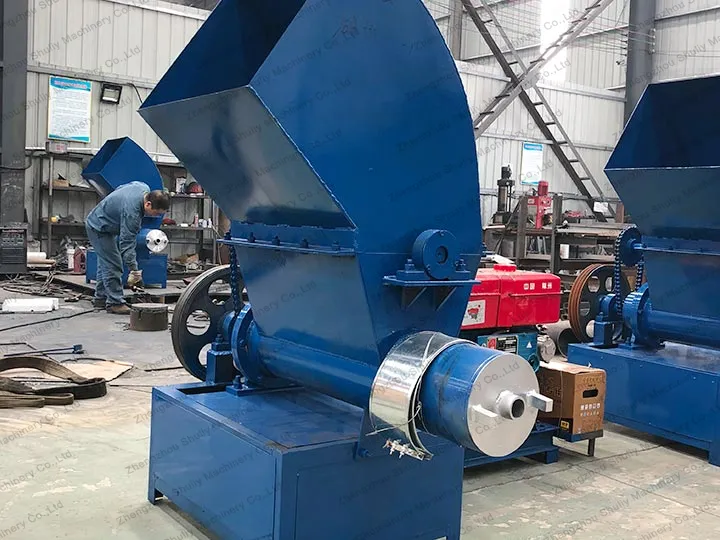
حالة تصدير خط تكوير رغوة EPE EPS
في عام 2025، اختارت شركة مكسيكية رائدة في إعادة تدوير البلاستيك آلة تشكيل الحبيبات من شولي SL-180 للستايروفوم EPE. كانت تواجه تحدي التعامل مع كميات كبيرة من صفائح EPE ونفايات التعبئة والتغليف الرغوية، وكان العميل بحاجة إلى حل فعال لتحويل هذه المواد الضخمة إلى حبيبات قيمة. أثبتت سلسلة SL-180، بقدرتها الإنتاجية البالغة 250 كجم/ساعة، وبنيتها القوية، وتصميمها سهل الاستخدام، أنها مثالية.
خط تكوير EPE SL-180 المصدر بقدرة إنتاجية تبلغ 250 كجم/ساعة يساعد العميل المكسيكي على تعزيز كفاءة إعادة التدوير، وتقليل نفايات مكبات النفايات، وإنشاء مصدر إيرادات جديد عن طريق بيع حبيبات عالية الجودة.
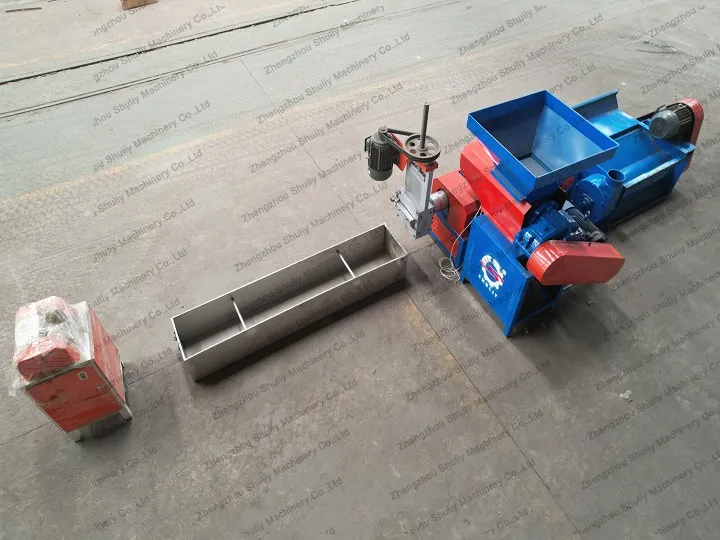
أسئلة شائعة حول آلة إعادة تدوير البلاستيك
ما هي الطاقة الإنتاجية النموذجية لخط تصنيع حبيبات الرغوة EPE و EPS؟
تتميز خط تشكيل كريات الرغوة البلاستيكية بمعدل إنتاج يتراوح بين 200-250 كجم / ساعة، اعتمادًا على المواد الخام الخاصة بك.
إذا كنت ترغب في الحصول على مزيد من المعلومات التفصيلية، فلا تتردد في الاتصال بنا.
هل يمكن تحويل الرغوة الرطبة إلى حبيبات مباشرة في خط تصنيع حبيبات الرغوة البلاستيكية؟
لا. الرطوبة تسبب فقاعات في المصهور وحبيبات متصدعة؛ يجب تجفيفها عن طريق الهواء الساخن أو التجفيف المركزي.
لماذا تتغير ألوان الحبيبات؟
في خط تشكيل حبيبات الرغوة البلاستيكية، قد تكون الأسباب المحتملة هي درجة حرارة البثق مرتفعة جدًا (تحلل البلاستيك)، تلوث المواد الخام، أو انسداد الفلاتر. تحقق من التحكم في درجة الحرارة ونظف الشوائب.
